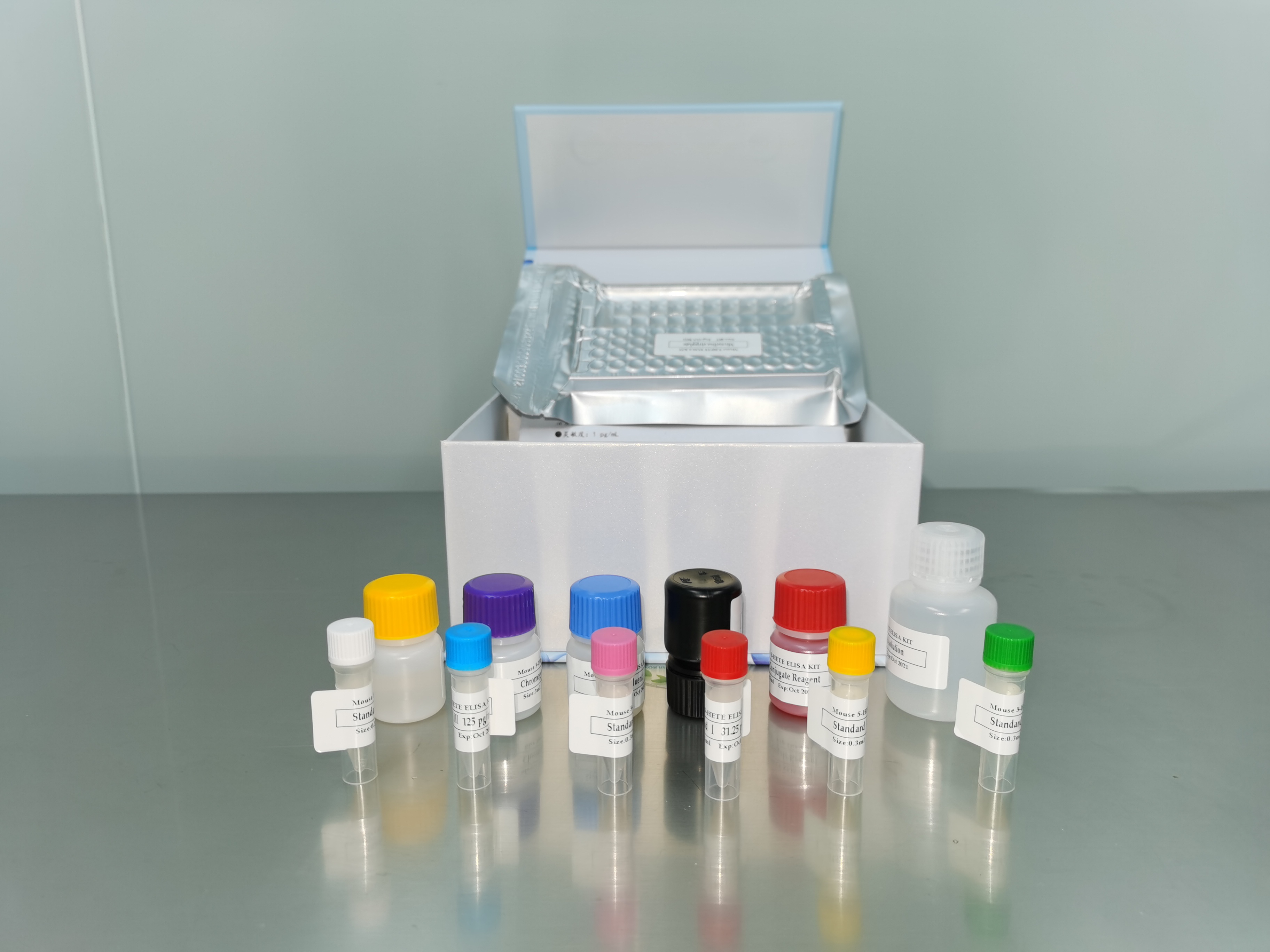| 产品名称: | Trypanosoma equiperdum Doflein |
|---|---|
| 商品货号: | TS142598 |
| Strain Designations: | NIH dyskinetoplastic |
| Application: | Vector borne research |
| Biosafety Level: | 2
Biosafety classification is based on U.S. Public Health Service Guidelines, it is the responsibility of the customer to ensure that their facilities comply with biosafety regulations for their own country. |
| Isolation: | 1903 (?) |
| Product Format: | frozen |
| Type Strain: | no |
| Comments: | Chromosomes Kinetoplast DNA in dyskinetoplastic strains |
| Growth Conditions: | Duration: in vivo, laboratory rat Protocol: ATCCNO: 30018 SPEC: This strain is distributed as a frozen stabilate. See general instructions for thawing and storage of frozen material before proceeding. Upon arrival remove the frozen ampoule from the dry ice and transfer directly to a 35C water bath. When completely thawed, aseptically remove the material with a syringe and inject 0.2 ml aliquots of the thawed contents of the ampule intraperitoneally into an adult rats known to be free of blood parasites. Draw a drop of blood from the tail of an infected rat. Add 1.0 ml of mammalian saline (0.8% saline buffered to pH 7.0) to the blood and examine a small amount microscopically. If one or more parasites are seen, proceed as follows: collect parasites into a syringe containing a buffered anticoagulant by either cardiac puncture or from the tail vein of the infected animal. Inoculate 0.2 ml of the diluted blood intraperitoneally into an adult rat known to be free of other blood parasites. Repeat the above procedures approximately every 4 days. |
| Subcultivation: | Protocol: ATCCNO: 30018 SPEC: This strain is distributed as a frozen stabilate. See general instructions for thawing and storage of frozen material before proceeding. Upon arrival remove the frozen ampoule from the dry ice and transfer directly to a 35C water bath. When completely thawed, aseptically remove the material with a syringe and inject 0.2 ml aliquots of the thawed contents of the ampule intraperitoneally into an adult rats known to be free of blood parasites. Draw a drop of blood from the tail of an infected rat. Add 1.0 ml of mammalian saline (0.8% saline buffered to pH 7.0) to the blood and examine a small amount microscopically. If one or more parasites are seen, proceed as follows: collect parasites into a syringe containing a buffered anticoagulant by either cardiac puncture or from the tail vein of the infected animal. Inoculate 0.2 ml of the diluted blood intraperitoneally into an adult rat known to be free of other blood parasites. Repeat the above procedures approximately every 4 days. |
| Name of Depositor: | EJ Tobie |
| Chain of Custody: | ATCC < |
| References: | Van der Ploeg LH, et al. Chromosomes of kinetoplastida. EMBO J. 3: 3109-3115, 1984. PubMed: 6526012 Hajduk SL. Demonstration of kinetoplast DNA in dyskinetoplastic strains of Trypanosoma equiperdum. Science 191: 858-859, 1976. PubMed: 1251198 Tobie EJ. Loss of the kinetoplast in a strain of Trypanosoma equiperdum. Trans. Am. Microsc. Soc. 70: 251-254, 1951. |


